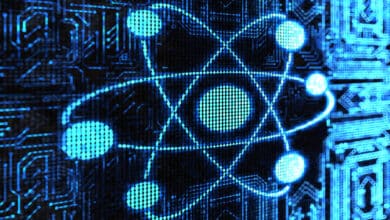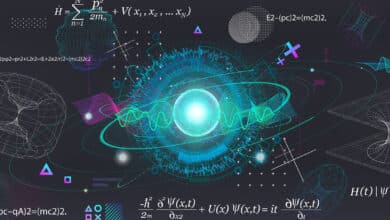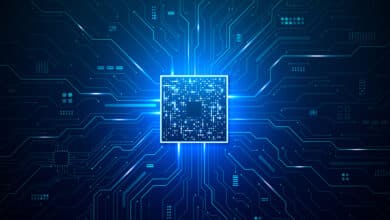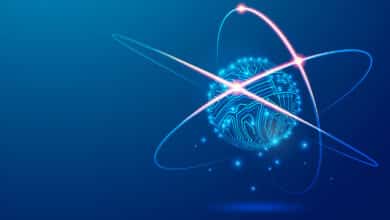All Quantum Computing Modalities Posts
-
Quantum Computing Modalities

Quantum Computing Modalities: Adiabatic Topological QC (ATQC)
Adiabatic Topological Quantum Computing (ATQC) is a hybrid paradigm that combines adiabatic quantum computing with topological quantum computing. In essence, ATQC uses slow, continuous changes in a quantum system’s Hamiltonian (an adiabatic evolution) to perform computations, while encoding information in topologically protected states for inherent error resistance.
Read More » -
Quantum Computing Modalities

Quantum Computing Modalities: Neuromorphic QC (NQC)
Neuromorphic quantum computing (NQC) is a cutting-edge paradigm that merges two revolutionary approaches to computing: neuromorphic computing and quantum computing. Neuromorphic computing is inspired by the architecture of the human brain – it uses networks of artificial neurons and synapses (often implemented in specialized hardware) to process information in a highly parallel and energy-efficient way, much like brains do.
Read More » -
Quantum Computing Modalities
Quantum Computing Modalities: Topological Quantum Computing
Topological Quantum Computing is a paradigm that seeks to encode quantum information in exotic states of matter that have topological degrees of freedom, and to perform quantum gates by braiding or otherwise manipulating these topological objects. The central promise of topological QC is built-in error protection: information stored in a topological form is inherently protected from local noise by global properties (similar to how a…
Read More » -
Quantum Computing Modalities
Quantum Computing Modalities: Adiabatic QC (AQC)
Adiabatic Quantum Computing (AQC) is a universal paradigm of quantum computing based on the adiabatic theorem of quantum mechanics. It generalizes the idea of quantum annealing beyond just optimization. In AQC, one encodes the solution of an arbitrary computation in the ground state of some problem Hamiltonian $H_{\text{problem}}$. Instead of applying discrete gates, one evolves the quantum state continuously under a time-dependent Hamiltonian $H(t)$ from…
Read More » -
Quantum Computing Modalities
Quantum Computing Modalities: Spin Qubits in Other Semiconductors & Defects
In addition to silicon, spin qubits can be realized in other solid-state systems. One well-known example is the nitrogen-vacancy (NV) center in diamond, which is a point defect where a nitrogen atom next to a vacancy in the carbon lattice creates an electronic spin-1 system that can be used as qubit.
Read More » -
Quantum Computing Modalities
Quantum Computing Modalities: Silicon-Based Qubits
Silicon-based quantum computing refers to qubits implemented using silicon semiconductor technology, leveraging the existing CMOS fabrication infrastructure. The most common silicon qubit implementations are spin qubits – using the spin of an electron or the spin of an atomic nucleus embedded in silicon as a qubit.
Read More » -
Quantum Computing Modalities
Quantum Computing Modalities: Measurement-Based Quantum Computing (MBQC)
Measurement-Based Quantum Computing (MBQC), also known as the one-way quantum computer, is a paradigm where quantum computation is driven entirely by measurements on an entangled resource state. Instead of applying a sequence of unitary gates to a register of qubits, MBQC starts with a highly entangled state of many qubits (typically a cluster state) and then performs single-qubit measurements in a carefully chosen order and…
Read More » -
Quantum Computing Modalities
Quantum Computing Modalities: Neutral Atom (Rydberg)
Neutral atom quantum computing uses uncharged atoms (as opposed to ions) trapped by light in an array, with qubits encoded typically in atomic states. A popular approach is to use optical tweezers (focused laser beams) to trap arrays of neutral atoms (like rubidium or cesium). These atoms have internal states (usually hyperfine ground states) that serve as |0⟩ and |1⟩, similar to ion qubits. The…
Read More »





